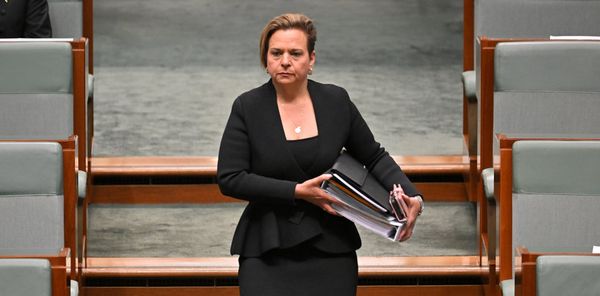
Good morning.
It’s Friday, so let’s look at The Week That Was. Some numbers:
--The stock market is up. The S&P 500 yesterday closed about 2.5% above where it did last Friday. So no panic there.
--Interest rates are down. The yield on two-year treasuries was hovering around 4.17% yesterday evening, down from 4.58% at the end of last week. That reflects the market’s belief that the Fed will pause rate hikes
--The rate of inflation is still higher than interest rates. The Consumer Price Index was up 6% last month, and even excluding food and energy, it was up 5.5%. So “real rates” remain negative.
--And here’s the big one: Banks borrowed a whopping $164.8 billion from the Fed to deal with the bank run. The new facility started by the Fed on Monday accounted for $11.9 billion of that borrowing, while the rest—$152.8 billion—was from the Fed’s discount window. That was up from only $4.6 billion in discount borrowing the previous week, and it exceeded the previous all-time high of $111 billion reached during the financial crisis.
Bottom line: the Feds did their job, the banks have plenty of cash, and the immediate crisis is probably passing. But rate hikes aren’t over, they have only been delayed. And you should probably expect more of the unexpected once rates resume their ascent later this year.
And since it is Friday, some feedback. My friend Shiva Rajgopol from Columbia Business School wrote to say I was only partly right yesterday when I said the problems at Silicon Valley Bank could have been spotted “but no one was looking.” He agrees the mismatch between assets and liabilities could have been discerned from the bank’s 10-K or 10-Q, and were missed by management, the board, the auditor, the rating agency, and sell side analysts. One group, however, did spot the problem: short sellers. Short interest in SVB grew 10X between the first quarter of 2022 and the first quarter of 2023. “Should we consider making shorting stocks easier, not harder?” asks Rajgopol. “Who else has an incentive to warn us that the emperor, occasionally, has no clothes.”
Other news below. And be sure to check out Lance Lambert’s report on Fortune's latest CEO Survey, conducted in collaboration with Deloitte. In the survey, done before the banking crisis, 61% of respondents believe inflation will continue to disrupt their business strategies over the next 12 months, 51% pointed to geopolitical instability as a source of disruption, and 48% cite continuing labor and skills shortages.

Alan Murray
@alansmurray
alan.murray@fortune.com







